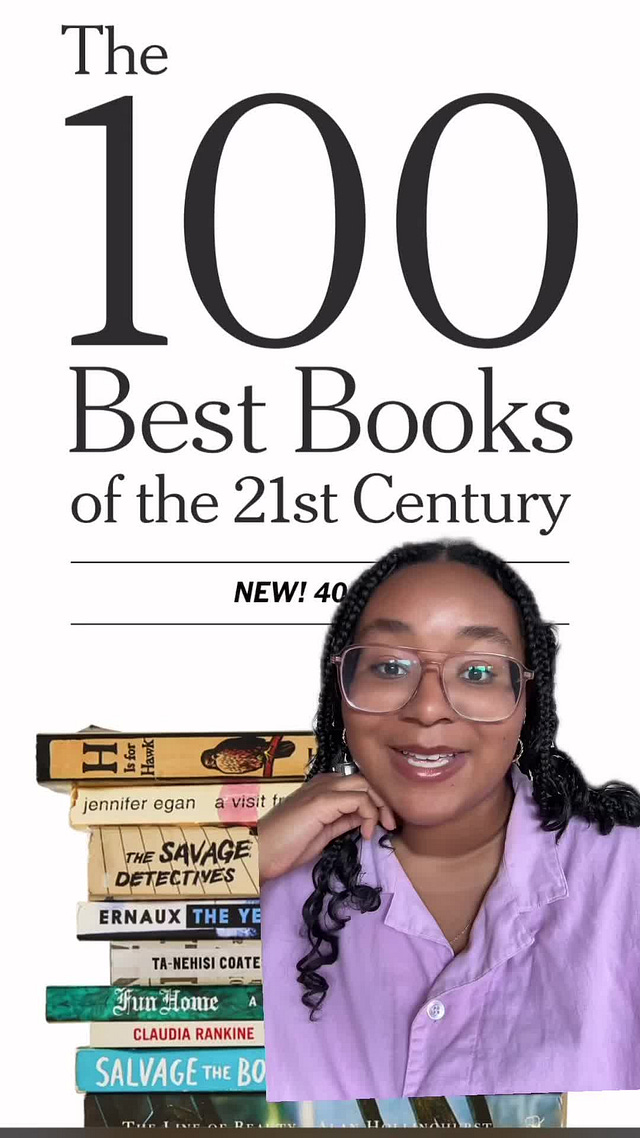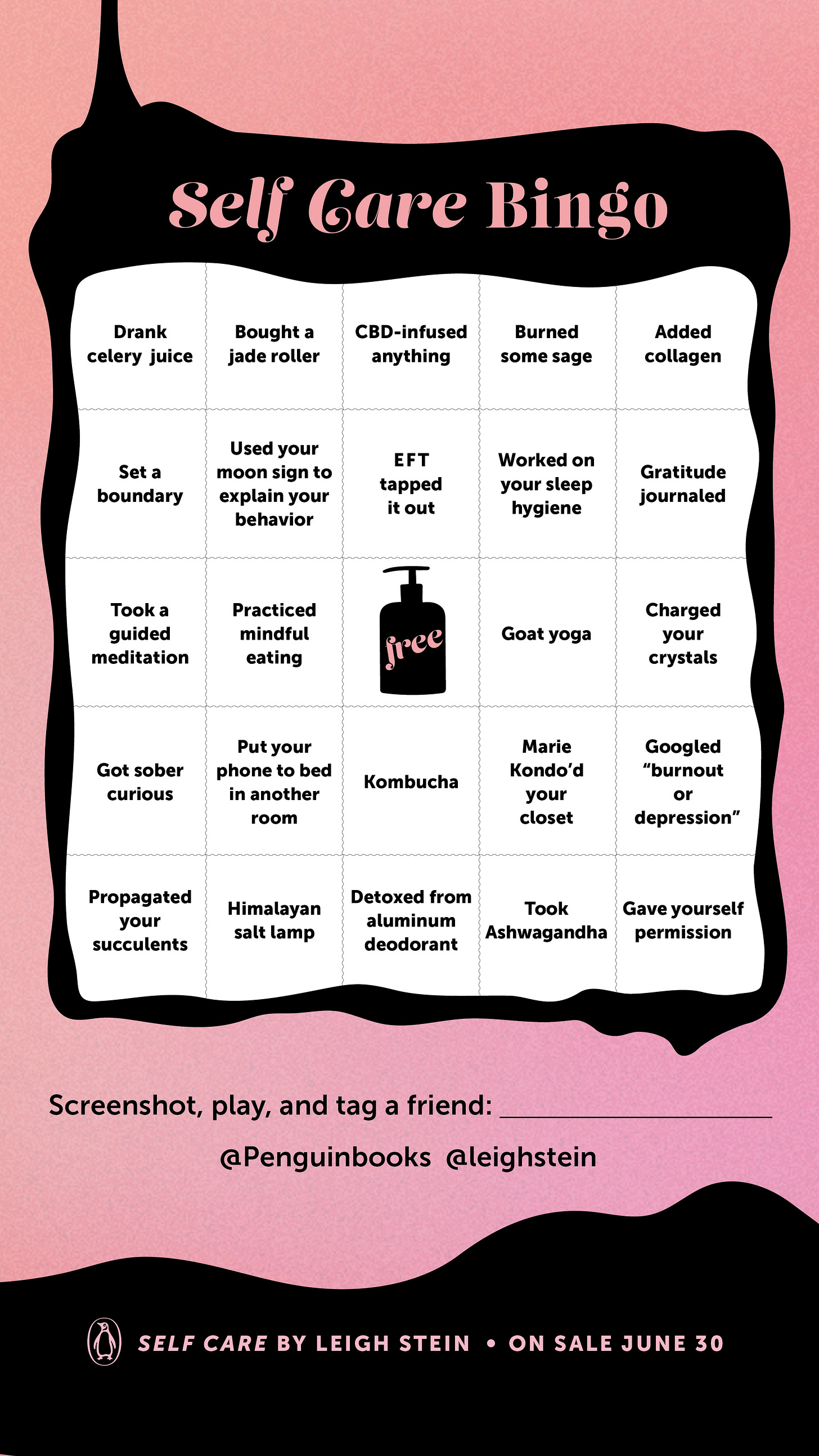Congratulations to the New York Times Books section, which won the attention economy this week. Basically, the section invented a fantasy football bracket for the people who are normally left out of fantasy football due to their total ignorance of football. The Times asked “503 novelists, nonfiction writers, poets, critics” what the best books of the 21st century are, and then showed us the results.
This is not journalism. It’s not literary criticism. It’s content. It’s content that drives engagement through your participation (“Submit your own Top 10”) and content that generates more content.
Why does this Times project resemble a high-brow version of a BuzzFeed listicle?
In a chapter titled “Dinosaurs” in his 2023 book Traffic, Ben Smith describes the transition the Times successfully made from “a legacy news organization to a broader digital media company,” thanks in part to David Perpich, the grandson of Arthur O. Sulzberger Sr. In the early 2010s, Perpich was in his early thirties; instead of keeping the business side of the paper separate from the journalists, he “assembled teams that included reporters, product managers, and designers, and built successful products like the cooking app.”
The cooking app, I would argue, is another example of content that drives subscription revenue for the Times, as its ad revenue declines. Perpich realized, Smith writes, “that his innovations worked because he had breached the wall that had been keeping the conversation about digital change out of the Times’ sprawling, proud, and defensive newsroom.”
In 2013, Perpich’s young cousin A.G. Sulzberger assembled a committee, inside the paper, to “diagnose the digital ills of the Times’ core product, its daily news report.” The resulting 96-page document of his findings, titled “Innovation,” was a damning report of the newsroom’s digital obliviousness, and became a personal disaster for Jill Abramson, who was pushed out shortly thereafter.
Sulzberger tried to tell Abramson:
As we examined our paper and examined the media landscape around us, we came to a pretty striking and I think hugely important realization. BuzzFeed is not succeeding because of lists or Huffington Post because of cat photos or Guardian because of leaked documents. They are succeeding because of—in order—a killer social strategy, successful search optimization and community building, and a shift towards a more expansive view of the role of a journalist as a public expert.
Kenneth Lerer, co-founder of The Huffington Post, told Sulzberger that “he would trade their content for ours in a heartbeat,” adding, “I’m just amazed you aren’t doing more with it.”
Here we are: the Times has created digital products (the cooking app, Wordle) that drive subscription revenue; they still publish first-in-class, award-winning journalism, but they also create content around their journalism: on social media, through podcasts like The Daily, and via live events.
In a brilliant move, the Books section polled influential BookTok creators like twenty-six-year-old Zoe. This generates even more attention for their project because of course Zoe shared her picks on TikTok.
As Sophie Vershbow discovered while reporting on celebrity book clubs for Esquire, twenty-something readers are following Zoe, not Jenna Bush Hager:
The viral rise of Gen Z and BookTok is something that came up in every conversation I had with publishing employees. Whereas celebrity book clubs offer a model of positioning books that are powerful and often universally appealing, the idea that a book is for everyone can actually be a turnoff. “It’s not cool anymore to have that book-club sticker on there,” Schmidt said. “It’s cooler to say, ‘I saw this on BookTok’ or ‘This is being discussed all over BookTok.’ I feel like Gen Z especially does not want the sticker on the book.”
When Vershbow writes, “Now BookTok may be the next bitter pill industry insiders need to swallow,” I feel like young David Perpich, looking around a room full of dinosaurs, knocking on their bones with my knuckles, trying to wake them up.
Now BookTok may be the next bitter pill to swallow?
“I’m just amazed you aren’t doing more with it”
What can we learn from “The 100 Best Books of the 21st Century”? What if a friend said to you what Lerer said to Sulzberger: “You’re such a talented writer. I’m just amazed you aren’t doing more with it.”
What is a signature piece of content you could create to promote your writing that invites participation from your audience? What’s the “game”?
created an old-school summer reading Bingo card for her audience.When Self Care came out, my marketing team created this Bingo card for Instagram stories:
Here’s a piece of content by Tavi Gevinson promoting print copies of Fan Fiction. In the caption of the post, she’s tracking which bookstores have run out of print copies, making it a game for her fans to pick up one before it’s too late.
Remember: your content doesn’t take away from, or diminish, your art. The point of creating content is to get more attention for your writing—in the same way that this “100 Best Books of the 21st Century” project will attract new readers to the literary criticism, and book industry reporting, that is core to the history, mission, and reputation of the Times.
Before you leave a comment that says “I don’t want to do this,” read what I wrote last week.
Thank you
When I logged in to Substack this morning, I saw that I had hit 5,000 subscribers.
That means I’ve doubled my subscribers since I switched from MailChimp to Substack in October of last year. Thank you to everyone who has recommended this newsletter to a friend, or shared it in their work Slack (the highest compliment!!)
Stay tuned for a couple exciting announcements from me very soon. ✨










Congrats on 5000! That’s awesome!! And well deserved. Your newsletter is great!!
I love the idea of thinking of content as a participatory game. That opens a whole avenue of possible ideas. And huge congrats on the subscriber growth!! Very well deserved.